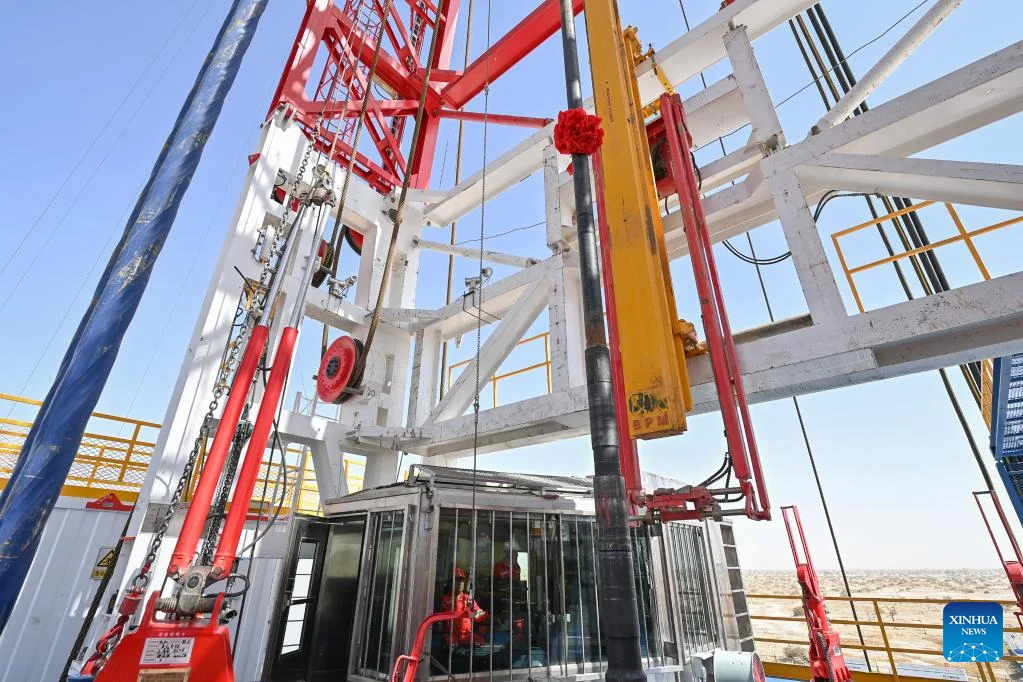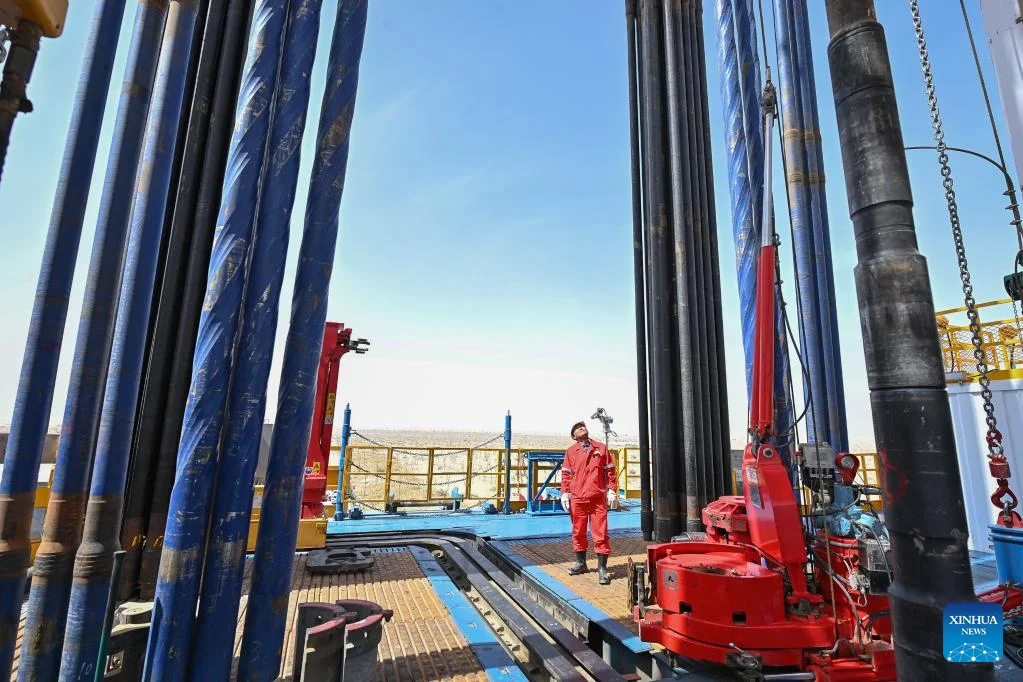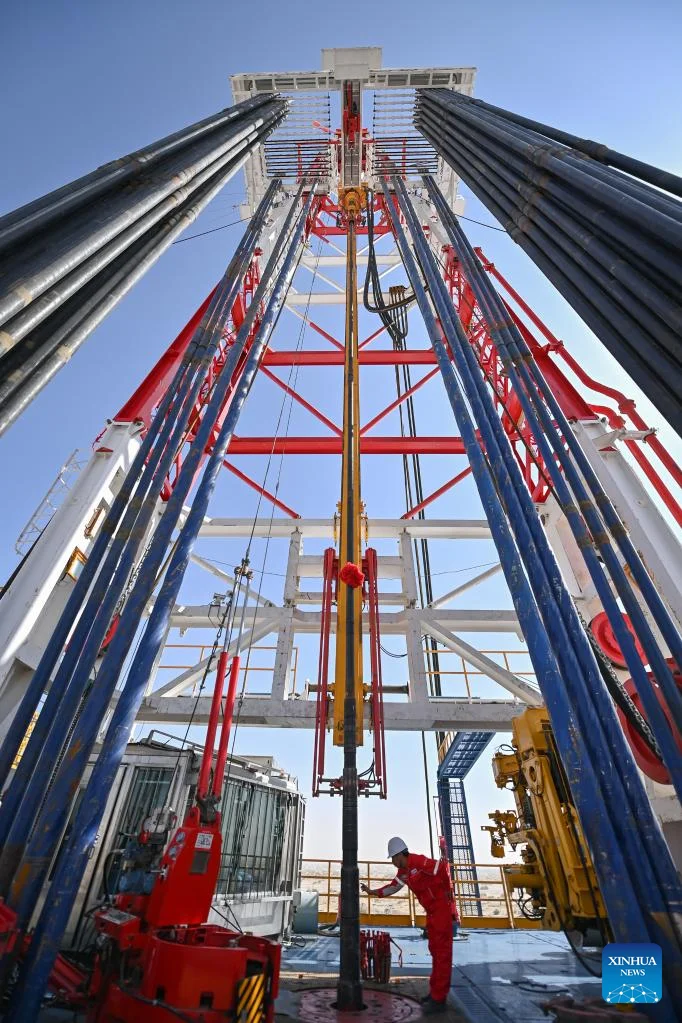China has started digging a huge hole that will be more than 11,100 meters deep, in order to explore the possible existence of energy reserves at great depths.
Work began last week in Taklamakan, the world’s second largest dune desert, located in the northwestern Xinjiang Uyghur Autonomous Region.
The well will traverse more than 10 continental strata and reach layers dating back to the planet’s Cretaceous period, between 145 and 66 million years ago, the state news agency Xinhua reported.
The project has an expected duration of 457 days in which the operators will handle more than 2,000 tons of equipment and machinery. This is the largest excavation project in China, which will break the 10,000-meter barrier with a well for the first time.

Sinopec pushes the limits with an 11 km deep well in China
The state petrochemical corporation Sinopec , which is leading the project, declared its goal to “expand the limits of depth” in geological exploration.
Work to drill the deepest hole in China has begun two years after the country’s president, Xi Jinping, urged the local scientific community to advance in exploring the depths of the earth’s crust.
“The drilling of the well has two purposes: scientific research and finding oil and gas,” said Lyu Xiaogang, a representative of the China National Petroleum Corporation (CNPC), the country’s largest oil and gas company and one of the largest. of the world.

In an explanatory video, the official assures that the project will serve to strengthen the technological capabilities of PetroChina (the business giant controlled by CNPC that is listed on the Hong Kong stock exchange) in deep excavations and manufacture of new machinery.
“To study the 10 kilometers closest to the surface we usually use other techniques such as seismic tomography and other types. These types of projects are very useful because they provide physical evidence to support this research,” explains Chilean geophysicist Cristian Farías, director of Civil Works and Geology at the Catholic University of Temuco.

In addition, he assures, the China project “allows us to test the most innovative technological advances”, for which reason “it can open a very interesting period of exploration”.
Regarding the second objective, CNPC indicated that it is exploring new ultra-deep oil and gas fields in the northwest of the Asian country.

Hydrocarbon deposits at extreme depths of the subsoil -generally below 5,000 meters- are usually located in marine areas, such as the oceans, where the rock and sediment layers are thicker, although they are also found in certain terrestrial areas, such as basins. deep sedimentary.
This is the case of the Tarim basin, where the Taklamakan desert is located, it can host large reserves of oil and natural gas.

However, its exploitation presents, according to experts, significant technical and technological challenges due to the difficult subsoil conditions, such as high pressure and extreme temperatures. “And the stability of that hole is also a great challenge,” says Professor Farías.
In addition, the Taklamakan Desert is considered difficult territory to work in, with extreme temperatures dropping as low as -20ºC in winter and rising to almost 40ºC in summer.
Source : Tucuman Context
Photos : Xinhua Net
Don’t miss the Inspenet News at: https://inspenet.com/en/inspenet-tv/

